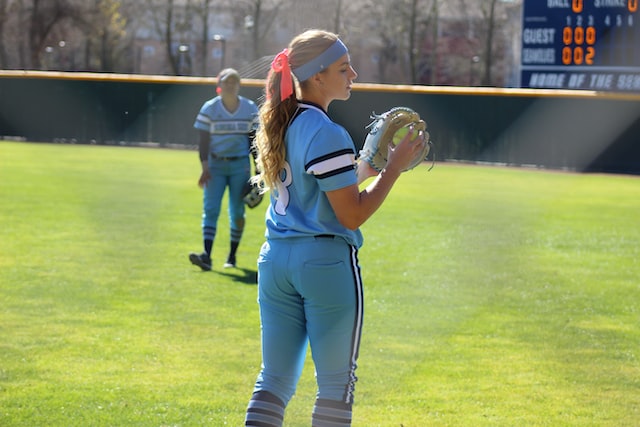Softball divisions in softball. Softball is a highly competitive sport that requires a combination of skill, athleticism, and teamwork. Whether you are a seasoned player or just starting out, participating in softball tournaments can be an exciting and rewarding experience. However, not all divisions in softball tournaments are created equal. In this article, we will take a closer look at the most competitive divisions in softball tournaments based on age, skill level, and other factors.
Age Divisions
One of the primary factors that determines the competitiveness of a softball divisions is the age group of the players. Younger players may have less experience and skill, while older players may have more advanced skills and knowledge of the game.
In general, the most competitive age divisions in softball tournaments are typically the older age groups, such as 16U, 18U, and 18+ divisions. These divisions feature players who have been playing softball for several years and have developed advanced skills in hitting, pitching, fielding, and base running. Additionally, many players in these age groups have aspirations of playing at the collegiate level, which adds an extra layer of competitiveness to the tournament.
While the younger age divisions, such as 10U and 12U, may not be as competitive as the older age groups, they can still be highly competitive in their own right. Many players in these age groups are just starting to develop their skills and are eager to improve and compete at higher levels. Additionally, younger players tend to have more energy and enthusiasm, which can lead to intense and exciting games.
Skill Level Divisions
Another factor that determines the competitiveness of a softball division is the skill level of the players. Softball tournaments typically offer multiple skill level divisions, ranging from recreational to highly competitive.
The most competitive skill level divisions are typically the highest skill level divisions, such as A and Elite divisions. These divisions feature players who have advanced skills in all areas of the game and often have experience playing at the collegiate or even professional level. These players are highly competitive and often play at a level that is beyond what most recreational players can handle.
On the other end of the spectrum, the most recreational divisions, such as D and E divisions, may not be as competitive as the higher skill level divisions. These divisions are typically geared towards players who are just starting out or who are looking for a more relaxed and casual playing experience. While these divisions may not be as competitive, they can still be a lot of fun and provide players with an opportunity to learn and improve their skills.
Other Factors
While age and skill level are two of the primary factors that determine the competitiveness of a softball division, there are other factors that can also come into play.
For example, the size of the tournament and the number of teams competing can also impact the level of competitiveness. Larger tournaments with more teams often have a higher level of competition, as there are more skilled players and teams competing against each other. Additionally, tournaments that feature teams from multiple states or regions can also be highly competitive, as players from different areas may bring different styles of play and strategies to the game.
The format of the tournament can also impact the level of competitiveness. Single elimination tournaments, where teams are eliminated after a single loss, tend to be more competitive than double elimination tournaments, where teams have a second chance after their first loss. Round-robin tournaments, where each team plays every other team in the tournament, can also be highly competitive, as each game counts towards the team’s overall standing.
Conclusion
In conclusion, the most competitive divisions in softball tournaments can vary based on age, skill level, and other factors. However, in general, the older age groups and the higher skill level divisions tend to be the most competitive. Ultimately, the level of competitiveness in a softball tournament depends on the skill and dedication of the players, as well




